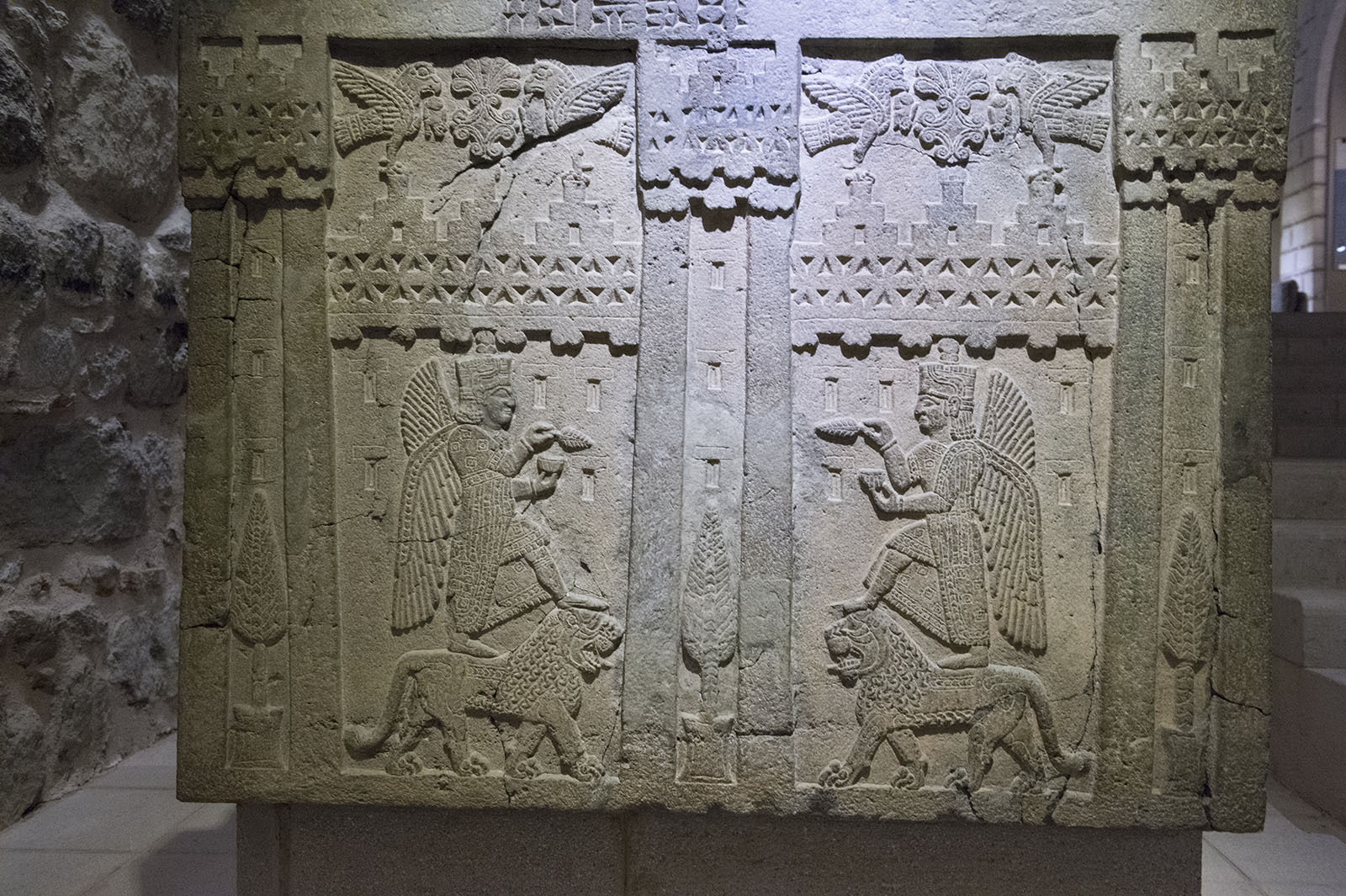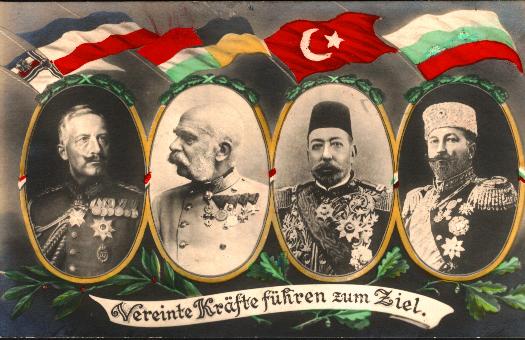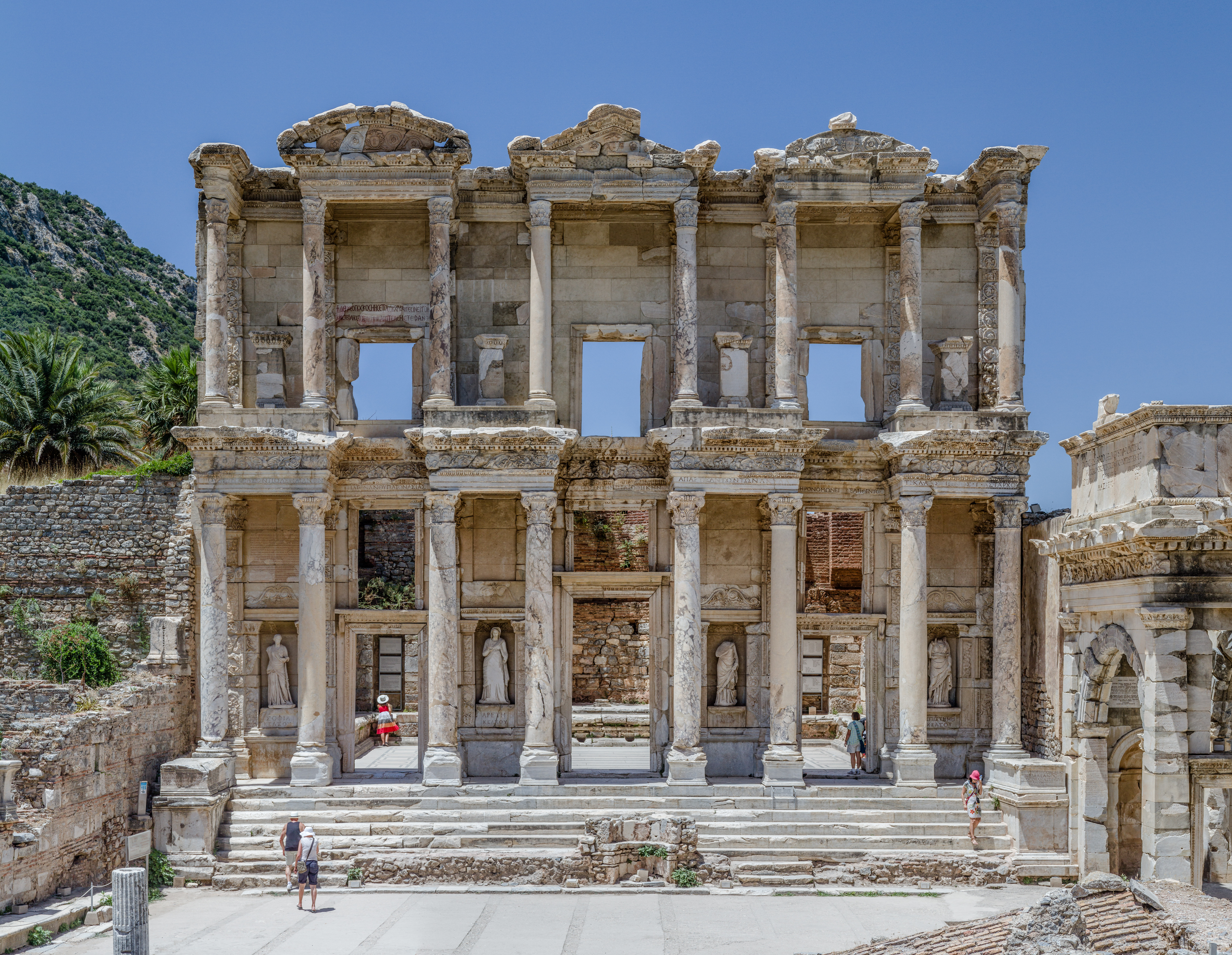|
Mehmet Reşid
Mehmed Reshid ( tr, Mehmet Reşit Şahingiray; 8 February 1873 – 6 February 1919) was an Ottoman physician, official of the Committee of Union and Progress, and governor of the Diyarbekir Vilayet (province) of the Ottoman Empire during World War I. He is infamous for organizing the wartime genocides of the Armenian and Assyrian communities of Diyarbekir. According to historian Hans-Lukas Kieser, despite being one of the worst perpetrators Reshid "is perceived as a patriot and martyr in official Turkish-nationalist diction". Biography Reshid was born on 8 February 1873 to a Circassian family; due to increasing Russian persecution, he left with his family for the Ottoman Empire in 1874. He enrolled in the Imperial Military School of Medicine at the capital, Dersaadet, and was one of the founders of the Committee of Union and Progress (CUP). In 1894, Reshid was employed as an assistant to the German professor Düring Pasha at the Haydarpaşa hospital. When his links to the ... [...More Info...] [...Related Items...] OR: [Wikipedia] [Google] [Baidu] |
Diyarbekir Vilayet
The Vilayet of Diyâr-ı Bekr (, ota, ولايت ديار بكر, ) was a first-level administrative division (vilayet) of the Ottoman Empire, wholly located within what is now modern Turkey. The vilayet extended south from Palu on the Euphrates to Mardin and Nusaybin on the edge of the Mesopotamian plain. After the establishment of Republic of Turkey in 1923, the region was incorporated into the newly created state. At the beginning of the 20th century, Diyarbekir Vilayet reportedly had an area of , while the preliminary results of the first Ottoman census of 1885 (published in 1908) gave the population as 471,462.Asia by , page 460 The accuracy of the population figures ranges from "approximate" to "m ... [...More Info...] [...Related Items...] OR: [Wikipedia] [Google] [Baidu] |
Mutasarrıf
Mutasarrif or mutesarrif ( ota, متصرّف, tr, mutasarrıf) was the title used in the Ottoman Empire and places like post-Ottoman Iraq for the governor of an administrative district. The Ottoman rank of mutasarrif was established as part of a 1864 reform, and its holder was appointed directly by the Sultan. The administrative district under his authority, the mutasarrifate (English for ), was officially called a () in Turkish or () in Arabic.Meyers (1905–1909)Liwâ A mutasarrif was subordinate to a wali or governor-general of a province, while being of superior rank to a kaymakam.Meyers (1905–1909)Kaimakam Etymology Ottoman Turkish mutasarrıf is derived from the Arabic mutaṣarrif, meaning provincial governor.lexico.commutasarrif Accessed 11 Feb 2022. Mutaṣarrif is the active participle of taṣarrafa, meaning "to act without restriction", "have the right of disposing (over somebody or something)". History This administrative unit was sometimes independent (e.g. ... [...More Info...] [...Related Items...] OR: [Wikipedia] [Google] [Baidu] |
Yezidi
Yazidis or Yezidis (; ku, ئێزیدی, translit=Êzidî) are a Kurmanji-speaking endogamous minority group who are indigenous to Kurdistan, a geographical region in Western Asia that includes parts of Iraq, Syria, Turkey and Iran. The majority of Yazidis remaining in the Middle East today live in Iraq, primarily in the governorates of Nineveh and Duhok. There is a disagreement among scholars and in Yazidi circles on whether the Yazidi people are a distinct ethnoreligious group or a religious sub-group of the Kurds, an Iranic ethnic group. Yazidism is the ethnic religion of the Yazidi people and is monotheistic in nature, having roots in a pre-Zoroastrian Iranic faith. Since the spread of Islam began with the early Muslim conquests of the 7th–8th centuries, Yazidis have faced persecution by Arabs and later by Turks, as their religious practices have commonly been charged with heresy by Muslim clerics. Most recently, the 2014 Yazidi genocide that was carried out by th ... [...More Info...] [...Related Items...] OR: [Wikipedia] [Google] [Baidu] |
Bitlis
Bitlis ( hy, Բաղեշ '; ku, Bidlîs; ota, بتليس) is a city in southeastern Turkey and the capital of Bitlis Province. The city is located at an elevation of 1,545 metres, 15 km from Lake Van, in the steep-sided valley of the Bitlis River, a tributary of the Tigris. The local economy is mainly based on agricultural products which include fruits, grain and tobacco. Industry is fairly limited, and deals mainly with leatherworking, manufacture of tobacco products as well as weaving and dyeing of coarse cloth. Bitlis is connected to other urban centres by road, including Tatvan on Lake Van, 25 km to the northeast, and the cities of Muş (Mush), 100 km northwest, and Diyarbakır, 200 km to the west. The climate of Bitlis can be harsh, with long winters and heavy snowfalls. Summers are hot, and often humid. Since the local elections of March 2019, the Mayor of Bitlis is Nesrullah Tanğlay. History Ancient and medieval The origin of the name Bitlis is not ... [...More Info...] [...Related Items...] OR: [Wikipedia] [Google] [Baidu] |
Van, Turkey
Van ( hy, Վան; ku, Wan) is a mostly Kurdish-populated and historically Armenian-populated city in eastern Turkey's Van Province. The city lies on the eastern shore of Lake Van. Van has a long history as a major urban area. It has been a large city since the first millennium BCE, initially as Tushpa, the capital of the kingdom of Urartu from the 9th century BCE to the 6th century BCE, and later as the center of the Armenian kingdom of Vaspurakan. Turkic presence in Van and in the rest of Anatolia started as a result of Seljuk victory at the Battle of Malazgirt (1071) against the Byzantine Empire. Van is often referred to in the context of Western Armenia and Northern Kurdistan. History Archaeological excavations and surveys carried out in Van province indicate that the history of human settlement in this region goes back at least as far as 5000 BCE. The Tilkitepe Mound, which is on the shores of Lake Van and a few kilometres to the south of Van Castle, is the only sourc ... [...More Info...] [...Related Items...] OR: [Wikipedia] [Google] [Baidu] |
Armenians In The Ottoman Empire
Armenians in the Ottoman Empire (or Ottoman Armenians) mostly belonged to either the Armenian Apostolic Church or the Armenian Catholic Church. They were part of the Armenian millet until the Tanzimat, Tanzimat reforms in the nineteenth century equalized all Ottoman citizens before the law. Armenians were a significant minority in the Empire. They played a crucial role in Ottoman industry and commerce, and Armenian communities existed in almost every major city of the empire. Despite their importance, Armenians were heavily persecuted by the Ottoman authorities especially from the latter half of the 19th century, culminating in the Armenian Genocide. Background The Ottomans introduced a number of unique approaches to governing into the traditions of Muslim world, Islam. Islamic culture did not separate religious and secular matters. At first, the Sultan was the highest power in the land and had control over almost everything. However, a state organization began to take a mo ... [...More Info...] [...Related Items...] OR: [Wikipedia] [Google] [Baidu] |
Central Powers
The Central Powers, also known as the Central Empires,german: Mittelmächte; hu, Központi hatalmak; tr, İttifak Devletleri / ; bg, Централни сили, translit=Tsentralni sili was one of the two main coalitions that fought in World War I (1914–1918). It consisted of the German Empire, Austria-Hungary, the Ottoman Empire, and the Kingdom of Bulgaria and was also known as the Quadruple Alliance.german: Vierbund, tr, Dörtlü İttifak, hu, Központi hatalmak, bg, Четворен съюз, translit=Chetvoren sūyuz Colonies of these countries also fought on the Central Powers' side such as German New Guinea and German East Africa, until almost all of their colonies were occupied by the Allies. The Central Powers faced and were defeated by the Allied Powers that had formed around the Triple Entente. The Central Powers' origin was the alliance of Germany and Austria-Hungary in 1879. Despite having nominally joined the Triple Alliance before, Italy d ... [...More Info...] [...Related Items...] OR: [Wikipedia] [Google] [Baidu] |
Talat Pasha
Mehmed Talaat (1 September 187415 March 1921), commonly known as Talaat Pasha or Talat Pasha,; tr, Talat Paşa, links=no was an Ottoman politician and convicted war criminal of the late Ottoman Empire who served as its leader from 1913 to 1918. Talaat Pasha was chairman of the Union and Progress Party, which operated a one-party dictatorship in the Ottoman Empire, and later on became Grand Vizier (Prime Minister) during World War I. He was one of the perpetrators of the Armenian genocide and other ethnic cleansings during his time as Minister of Interior Affairs. Born in Kırcaali (Kardzhali), Adrianople (Edirne) Vilayet, Mehmed Talaat grew up to despise Sultan Abdul Hamid II's autocracy. He was an early member of the Committee of Union and Progress (CUP), a secret revolutionary Young Turk organization, and over time became its leader. After the CUP succeeded in restoring the constitution and parliament in the 1908 Young Turk Revolution, Talaat was elected as a deputy ... [...More Info...] [...Related Items...] OR: [Wikipedia] [Google] [Baidu] |
Aegean Region
The Aegean Region () is one of the 7 Geographical regions of Turkey, geographical regions of Turkey. The largest city in the region is İzmir. Other big cities are Manisa, Aydın, Denizli, Muğla, Afyonkarahisar and Kütahya. Located in western Turkey, it is bordered by the Aegean Sea to the west, the Marmara Region to the north, the Central Anatolia Region to the east, and the Mediterranean Region, Turkey, Mediterranean Region to the south. Among the four coastal regions, the Aegean Region has the longest coastline. Subdivision *Aegean Section ( tr, Ege Bölümü) **Edremit Area ( tr, Edremit Yöresi) **Bakırçay Area ( tr, Bakırçay Yöresi) **Gediz Area ( tr, Gediz Yöresi) **İzmir Area ( tr, İzmir Yöresi) **Küçük Menderes Area ( tr, Küçük Menderes Yöresi) **Büyük Menderes Area ( tr, Büyük Menderes Yöresi) **Menteşe Area ( tr, Menteşe Yöresi) * Inner Western Anatolia Section ( tr, İç Batı Anadolu Bölümü) Ecoregions The ecoregions of this ... [...More Info...] [...Related Items...] OR: [Wikipedia] [Google] [Baidu] |
Ottoman Greeks
Ottoman Greeks ( el, Ρωμιοί; tr, Osmanlı Rumları) were ethnic Greeks who lived in the Ottoman Empire (1299–1922), much of which is in modern Republic of Turkey, Turkey. Ottoman Greeks were Greek Orthodoxy, Greek Orthodox Christians who belonged to the Rum Millet (''Millet-i Rum''). They were concentrated in eastern Thrace (especially in and around Constantinople), and western, central, and northeastern Anatolia (especially in Smyrna, Cappadocia, and Erzurum vilayet, respectively). There were also sizeable Greek communities elsewhere in the Ottoman Balkans, Ottoman Armenia, and the Ottoman Caucasus, including in what, between 1878 and 1917, made up the Russian Caucasus province of Kars Oblast, in which Pontic Greeks, northeastern Anatolian Greeks, and Caucasus Greeks who had collaborated with the Russian Imperial Army in the Russo-Turkish War of 1828–1829 were settled in over 70 villages, as part of official Russian policy to re-populate with Orthodox Christians an area ... [...More Info...] [...Related Items...] OR: [Wikipedia] [Google] [Baidu] |
_4.017_Vilayet_of_Hüdavendigâr.jpg)





.jpg)

